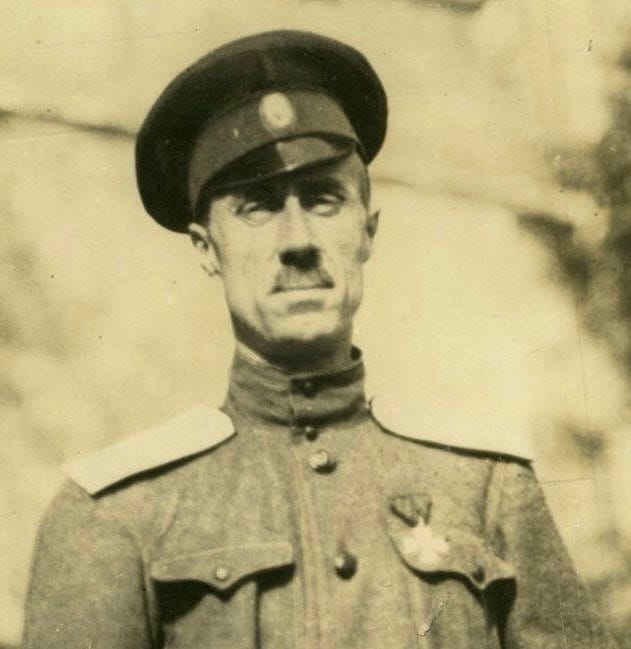General Wrangel asks "What's in a name?"
What kind of White Army are we running here?
The Russian Civil War (1917-1921) is one of the most understudied conflicts in history, and one of the most important. Following the Russian Revolution that everyone learned about in school, during which liberals first overthrew the conservative Czar, only to themselves be overthrown by radical communists a few months later, were years of fighting between the communists and the scattered groups that opposed them. By the time it was all over, several new nations had been created out of the fallen Russian Empire, along with the Soviet Union, and 12 million people had died.
The most respected anti-communist leader during the Russian Civil War was General Pyotr Wrangel. Wrangel was a career army officer who was awarded Russia’s highest medal for bravery during World War I. When the revolution broke out and the liberal government took power, he resigned from the Russian military in protest and left the capital for his family home. After the communists seized control of the government from the liberals, Wrangel was almost executed by one of the many paramilitary units sent out to terrorize the population. Barely escaping death, Wrangel resolved to fight the communists any way he could.
But there was a problem for men like Wrangel. Although Russians generally agreed that the communists had to go, no one could agree on how to do it. The anti-communist forces during the Russian Civil War were collectively called the “White Army.” However, the White Army wasn’t organized like a real army.
When the communists took over, they took over the entire existing Russian government, including the military. They did a very bad job running that government, and many government employees simply left rather than follow their orders, but it was relatively clear who was in charge—they had a pre-existing structure and organization to fall back on.
Keep reading with a 7-day free trial
Subscribe to The Conundrum Cluster to keep reading this post and get 7 days of free access to the full post archives.



